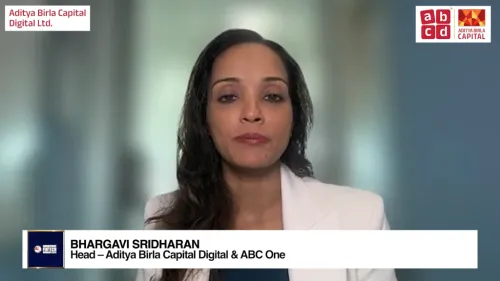
India’s new gold-backed loan rules changes competitive landscape
Lenders will have to gauge repayment capability using income and cash flows.
India’s new rules on gold-backed loans will require adjusting their evaluation of repayment capabilities from collateral valuation to income and cash flows.
Nonbank financial companies (NBFCs) with dominant gold-based loan books such as Muthoot Finance and Manappuram Finance will face bigger adjustments than other lenders, according to S&P Global Ratings.
Under the new rules, lenders will need to develop risk management policies and processes to evaluate borrowers' repayment capabilities based on income and cash flows.
"Traditionally, they have relied on collateral valuation,” said Geeta Chugh, S&P Global Ratings credit analyst.
Another change is the need to hire and train loan officers on the new way of assessing would-be customers.
“Bridging the skill gaps to hire and train loan officers on assessing repayment ability is both an upfront cost and a hurdle to overcome for these lenders,” Chugh said.
S&P expects two making impacts to the new rules: first, finance companies face upfront costs to transition to a cashflow based assessment rather than collateral value of the gold.
Lenders may also opt to offer gold-backed loans with shorter repayment periods, said S&P Global Ratings credit analyst Shinoy Varghese.
Short-tenor loans will help lenders retain customers in a shifting landscape, according to S&P. Such loans have run into regulatory headaches in the past, because they have a higher chance of being rolled over.
As lenders explore new models and broaden risk appetite, it's possible that higher LTV norms could follow, particularly with products such as income-producing loans, S&P said.
Historically, lenders have remained fairly conservative, with several rated financial institutions operating at an average LTV ratio lower than the earlier regulatory cap of 75%. This provides a buffer against potential declines in gold prices, S&P said.



















 Advertise
Advertise







